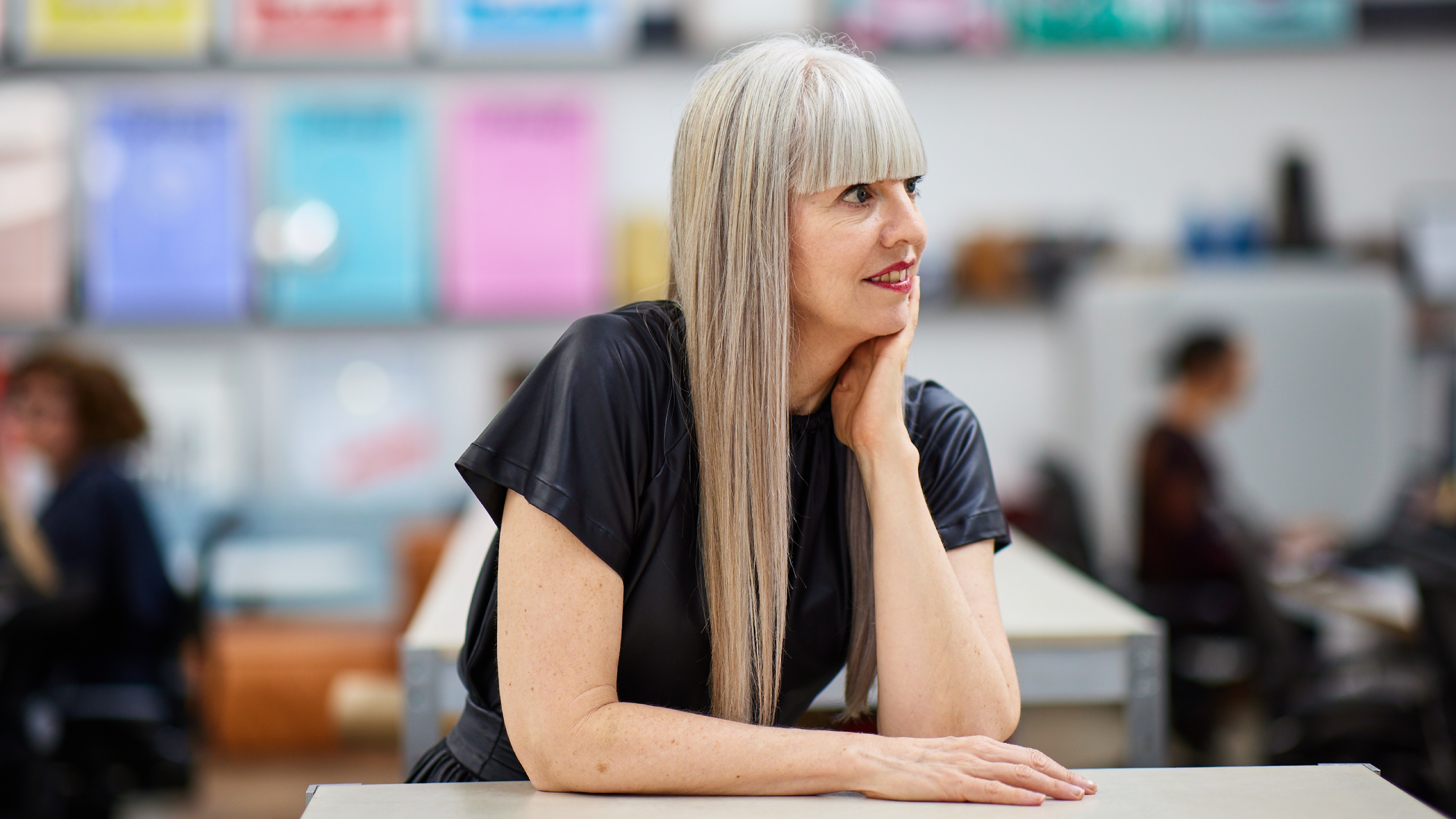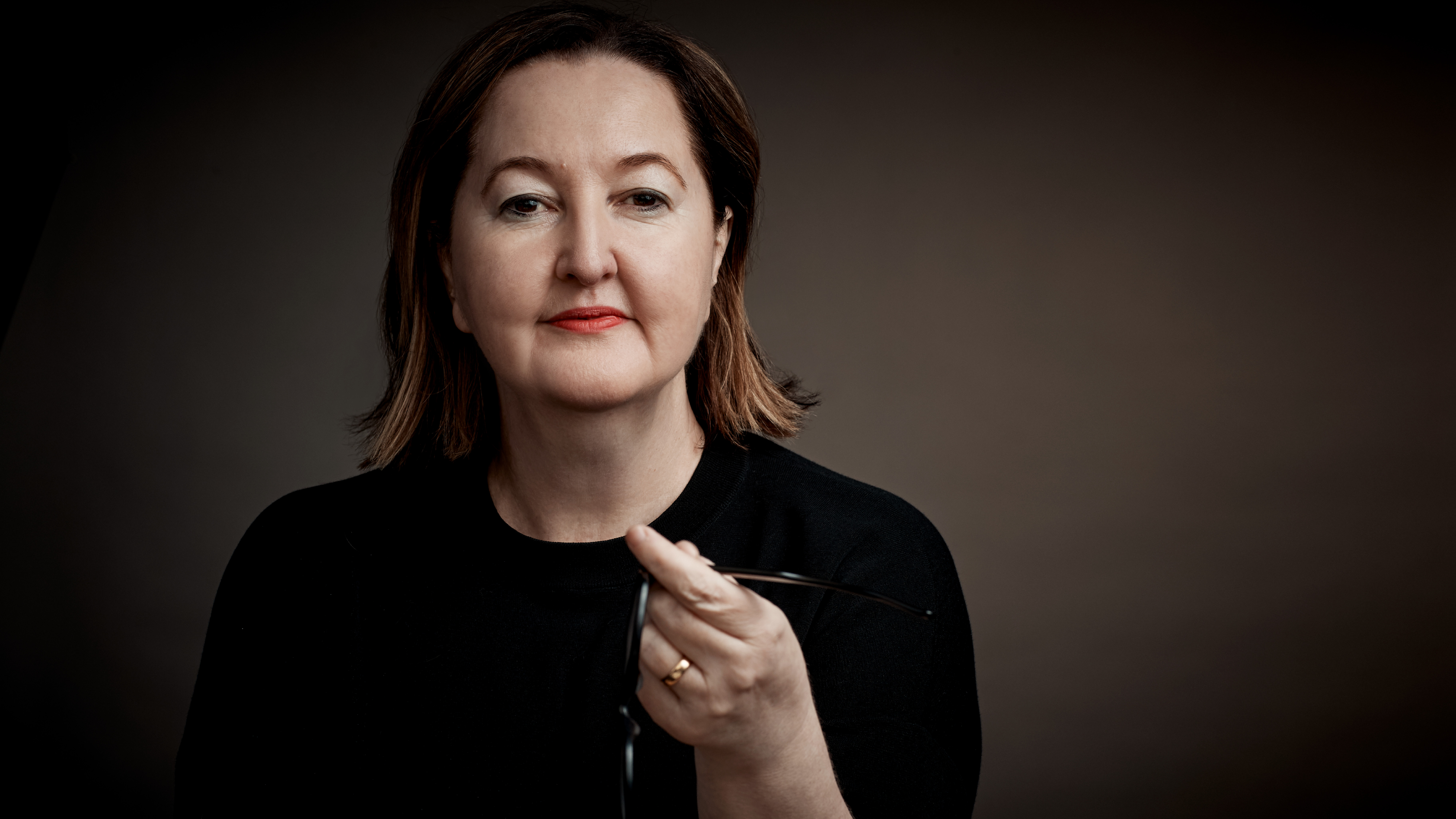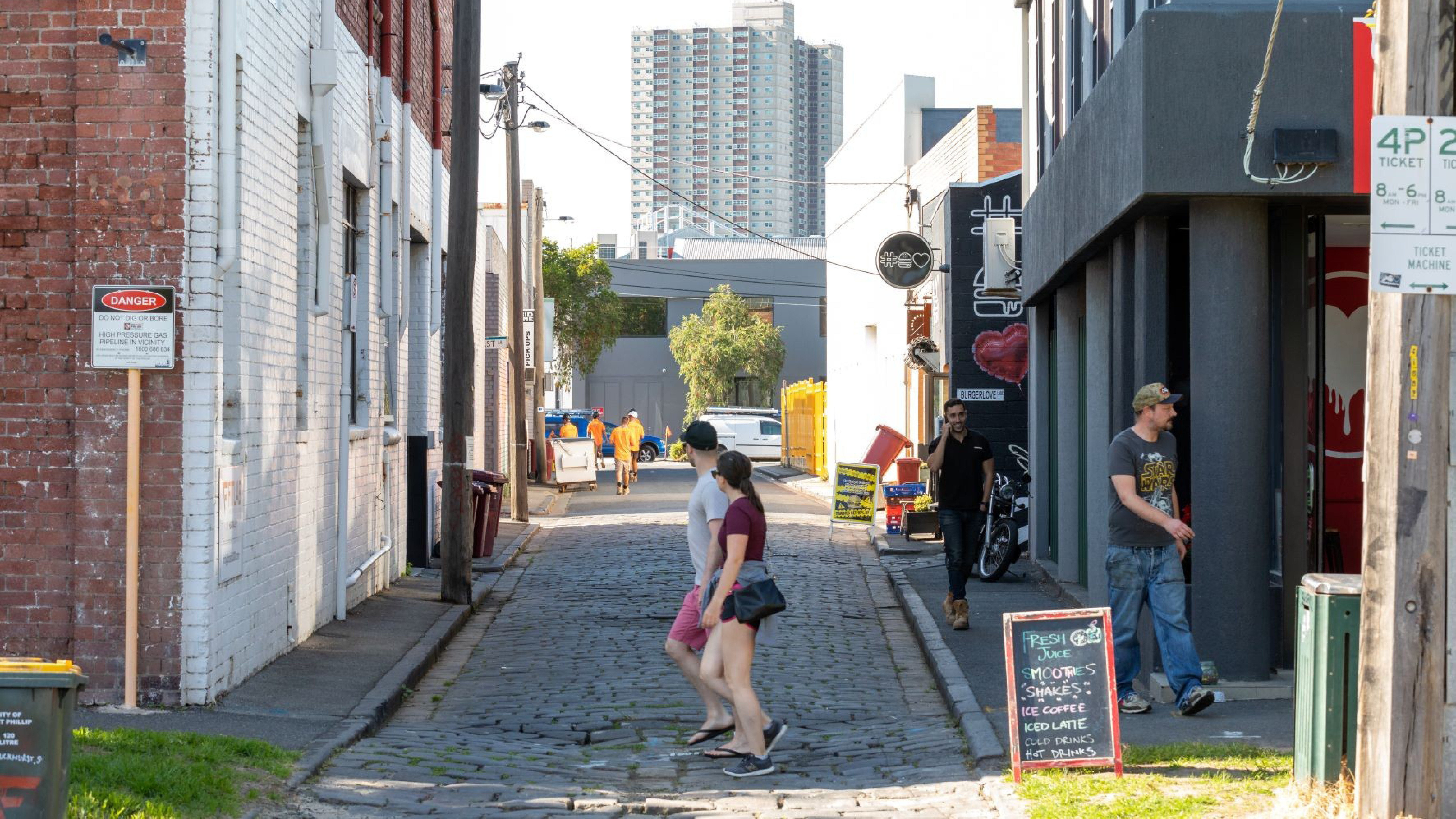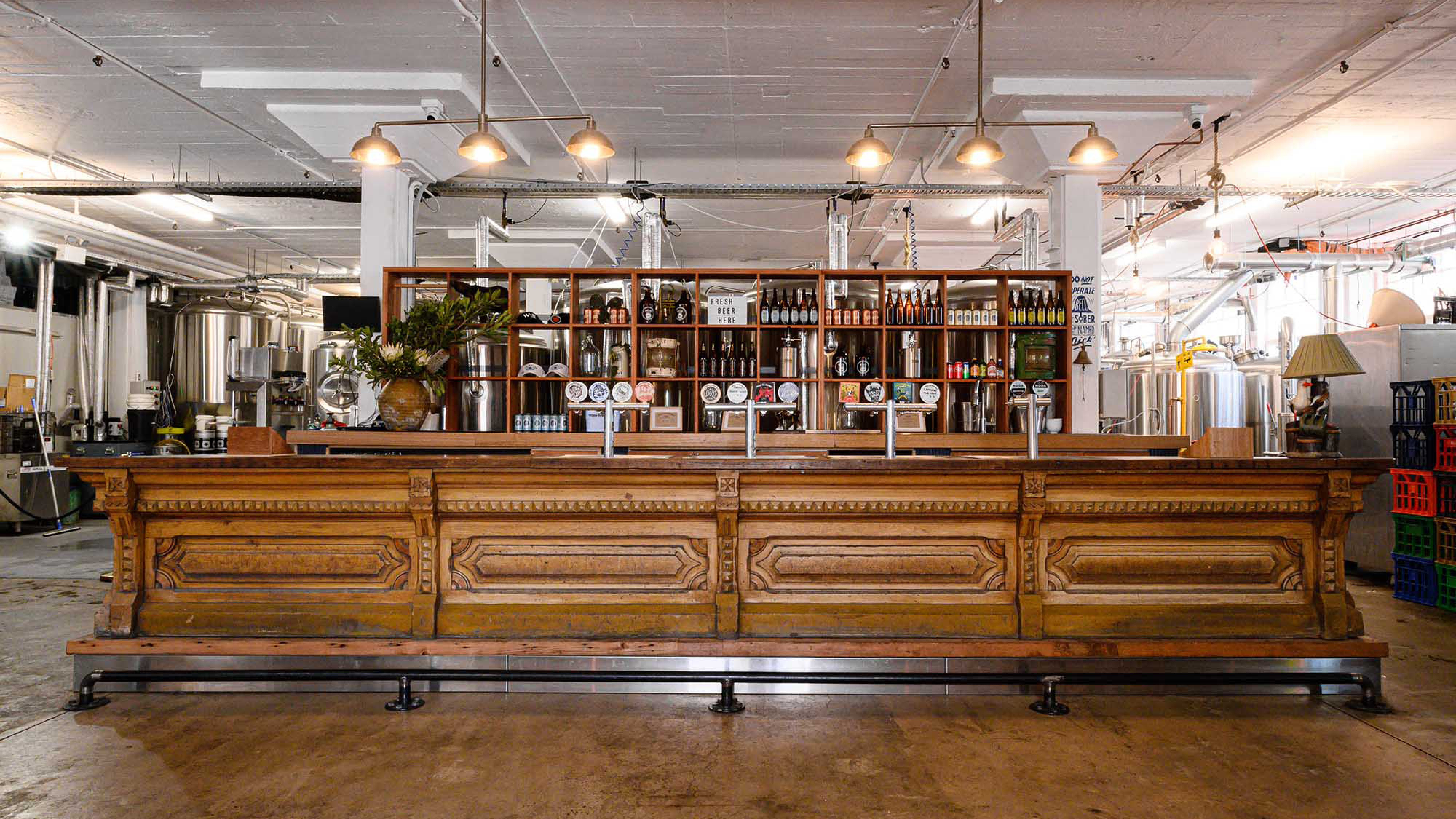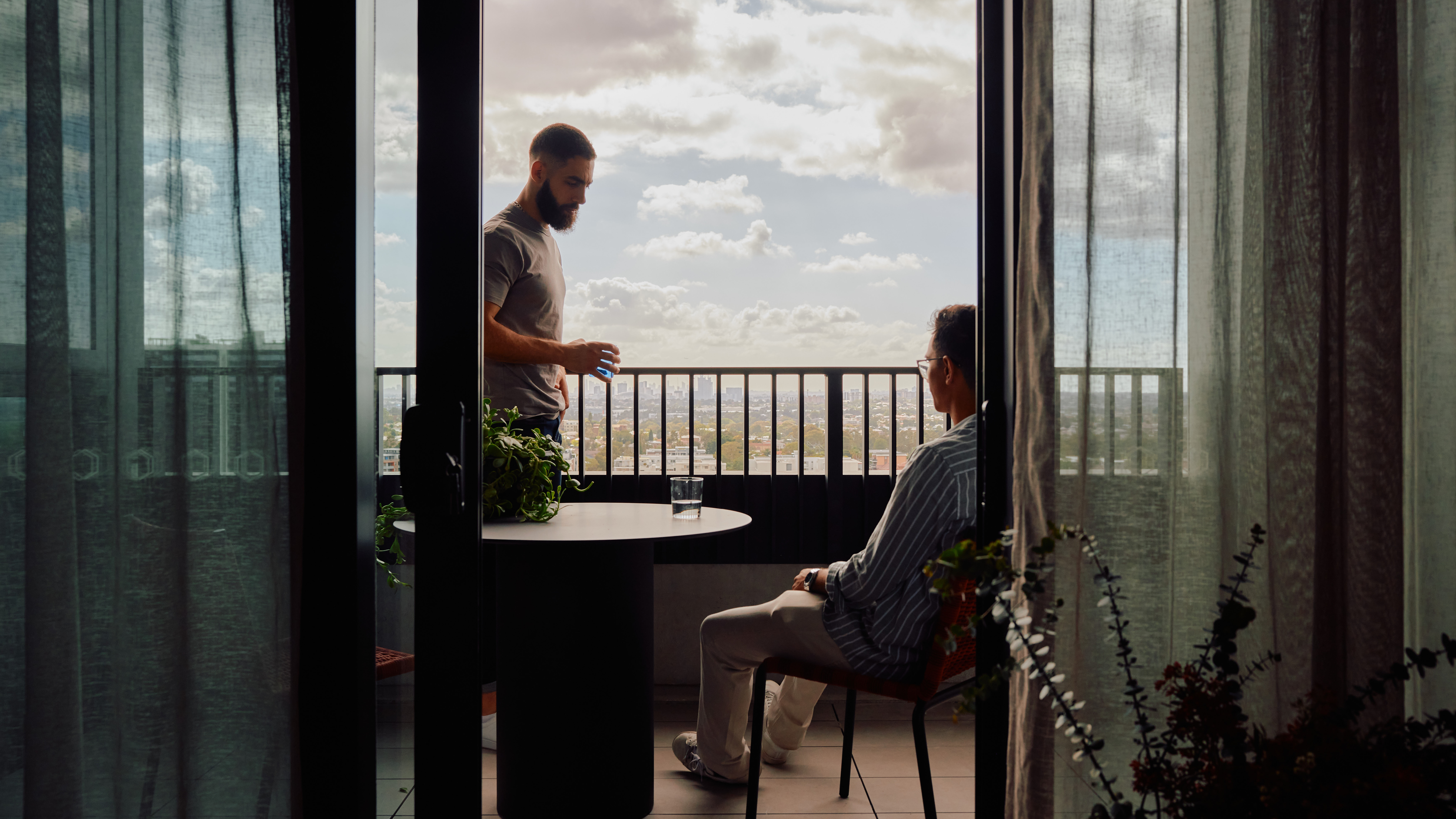MakingPlace is a series of interviews with the best minds and makers in Australian housing, development, and design. From craftspeople to politicians, we’ll be joined by the people and teams that are shaping tomorrow, today. We’ll also be taking a look behind the scenes at Nation, sharing the full story of how this project came to life.
Today we're joined by Catriona Burgess, Head of Frost Place a specialist practice for the place and property industry to support the success of entrepreneurs looking to create outstanding places. Starting out as a publicist and journalist, Cat has gone on to achieve widespread influence on some of Australia's most well known and beloved brands: from prominent cultural institutions such as the Sydney Opera House, Sydney Living Museums and the Australian National Maritime Museum to flagship companies such as John Holland, Woolworths, Qantas and NRMA. Cat's focus is now firmly on place, and she shares with us some thoughts on Australia's placemaking past and future, as well as her own personal sense of good homes and good neighbourhoods.

Cat's childhood home. A Philip Cox house from the late 1960s.
What does the word place mean to you?
Place is so much more than a geographic boundary. It’s a spirit. A sense of identity. A wealth of stories. It’s something people feel and can identify with. A sense of place is so important and is built over many years, centuries even. Places are always changing, but around the world we are seeing them becoming way too homogenous. We need to work very hard on building character specific to each location. People cherish places that have things you can only find in that one destination. That’s why we travel and how we choose where to live.
What drives you in the ever-changing field of placemaking today?
I’ve been at Frost* for over 20 years and work as a strategist connecting creativity to people. At Frost* we deeply believe that everyone deserves great design. We’re a B-Corp listed company and are driven by designing a better world. Everything we do needs to be environmentally and socially responsible, as well as unlocking the power of creativity to improve lives.
Having grown up surrounded by art and architecture, you obviously have a deep appreciation for these things. Has that love and understanding of design for homes changed over the years?
I was very lucky to grow up in one of the first houses designed by Australian architect Philip Cox, which was commissioned by my parents. Over 50 years later they still live there. One whole side of the house is glass looking out on to bushland, so the connection between architecture and nature is something I feel deeply. As my mother is a leading artist, I was surrounded by beautiful things and developed a love for aesthetics very young. In an era when design is often transient and superficial, my upbringing taught me that great design never dates. Investing in doing something of lasting quality is so important because it’s even more true now that we can’t afford to waste resources. I believe that places come down to something personal – where and how we choose to live is one of the greatest expressions we have of who we are. People thrive when they are surrounded by beauty and nature. Conversely, when places are badly designed or built, or disconnected from living things, they are a huge drain on our mental health and wellbeing.
How have you seen the design industry itself change over time?
In the social media era, design has become so much more accessible and open for people to enjoy and be part of. We’re constantly being exposed to new flavours and feel more like we can be part of making content. When I first started in design it was much more ‘designer’ and exclusive to a privileged few. Now people understand design is more about problem solving – getting to the heart of a problem or opportunity and using your imagination to go beyond what’s been done before. That’s why the idea of ‘design thinking’ has become so powerful. Design is about asking questions, challenging the status quo, pushing yourself to do something new. It’s always exciting to be part of and at Frost* we never stop challenging ourselves to come up with big ideas that are centred in human insights.
When it comes to design for place, where do you think people do well and where do you think they go wrong? And what are some of the essential, unshakable considerations for design and placemaking?
Far too often design for places starts at plans, rules and regulations, and an almost academic approach to looking at the history of a place without getting out on the ground to see its living, breathing identity. As placemakers, we have a responsibility to let a place seep into our pores and spend time there absorbing its atmosphere and meeting its people, as well as observing its physical characteristics. Locals or future customers rarely have a voice in shaping the design of buildings or giving feedback on what they do and don’t like. This ‘build it and they will come’ mentality creates places that often fail in creating a sense of community and or love for what’s been delivered. For many of us they result in a sense of dystopia, and deep loss of character. The number one thing people often hate about new developments is that they feel like ‘Legoland’. That’s because design often starts with the form and not the human experience or respecting the natural environment. The work we do in Place Visioning is about deeply understanding its potential as a holistic experience for people and planet – the form can then follow.




What are some of the great untapped opportunities for Australian placemaking?
Australia’s history of colonisation has been at a huge cost to our natural environment and First Nations people. Many years ago I worked for Centennial Park in Sydney and it was fascinating to learn how they tried to turn it all into English-style gardens, but these couldn’t survive. It was only when they started to embrace Australia natives that they could get anything to grow! The first great opportunity is for us to cherish our own landscapes, species and environments and the rich knowledge of our First Nations people when it comes to Country. Responding to our own climate – even the fact that we have six seasons in Australia and not four – is something we are only just starting to do. We are still very early in the journey of creating an Australian design vernacular that is uniquely our own.
You're now working on future Nation projects in St Peters, Erskineville, and Chatwood. Erskineville in particular is obviously close to your heart, being where your current home is. What is your sense of these places and what do you hope to achieve through your work here?
Working on Erskineville has been a huge opportunity for me that turned into almost an obsession! I feel so passionate about places like Erskineville that are welcoming to everyone and have a strong sense of their own character. Having lived here for over 20 years I can say that the village community is real – you just have to walk out on to the street and you’ll bump into someone you know. Creating a new rental community here is massive because this has always been a place for socially progressive people who love the inner city – but as housing becomes less affordable we’re at risk of losing Erskineville’s very DNA. As one of the largest new Build To Rent communities in Australia, this is almost like a social experiment of how you can provide great quality housing for many different types of people to live in the inner city without losing its character. We’re so excited by its potential and ensuring that Erskineville does not turn into ‘Blandsville’ - that’s the core focus of our work.
As someone that has worked in government, you've seen first hand how politics and policies can impact design and built outcomes. How do you think Australia is going in addressing the needs of people, and how could the relationship between policy and design be improved?
One of the main challenges when you’re in Government is the slowbpace of change and working in a decision-making landscape that’s often about political point scoring. Right now we are in the midst of a housing crisis and we need governments to quickly become more progressive in understanding that design has a key role to play in delivering quality of life and lasting solutions. Otherwise, we could knock up lots of homes that no one wants to live in and won’t stand the test of time. We need to take our lead form Scandinavian countries where the right to a home is a given, and everyone is seen as deserving great design. That’s why it’s great to see Build To Rent projects such as those by Nation incorporating more social housing, using really high quality architects, and investing in quality materials and buildings. Great places are made by a rich tapestry of people – we need governments to champion policies that make our cities more inclusive, not less.
What are your hopes and dreams for the future of this city?
During COVID one of the big things that came to the surface was our need to be close to nature and each other. I hope we can invite more nature back into our cities. Around the world we see the trend of ‘re-wilding’ and re-planting local species to attract wildlife. I spend at least an hour a day walking my dog and taking in my local surroundings – technology off, eyes and ears switched on. Even in the inner city I often see bats, possums, owls, and other wildlife which feels truly magical. Future cities are often thought of through a 1960s ‘Jetson’s-style’ space age lens – but I dream about a city that’s greener, friendlier, and more connected to our Australian environment. I guess that experience of growing up surrounded by great design sympathetically set into the landscape is still my dream because I have experienced first-hand the power of living alongside nature in a beautifully designed place.
